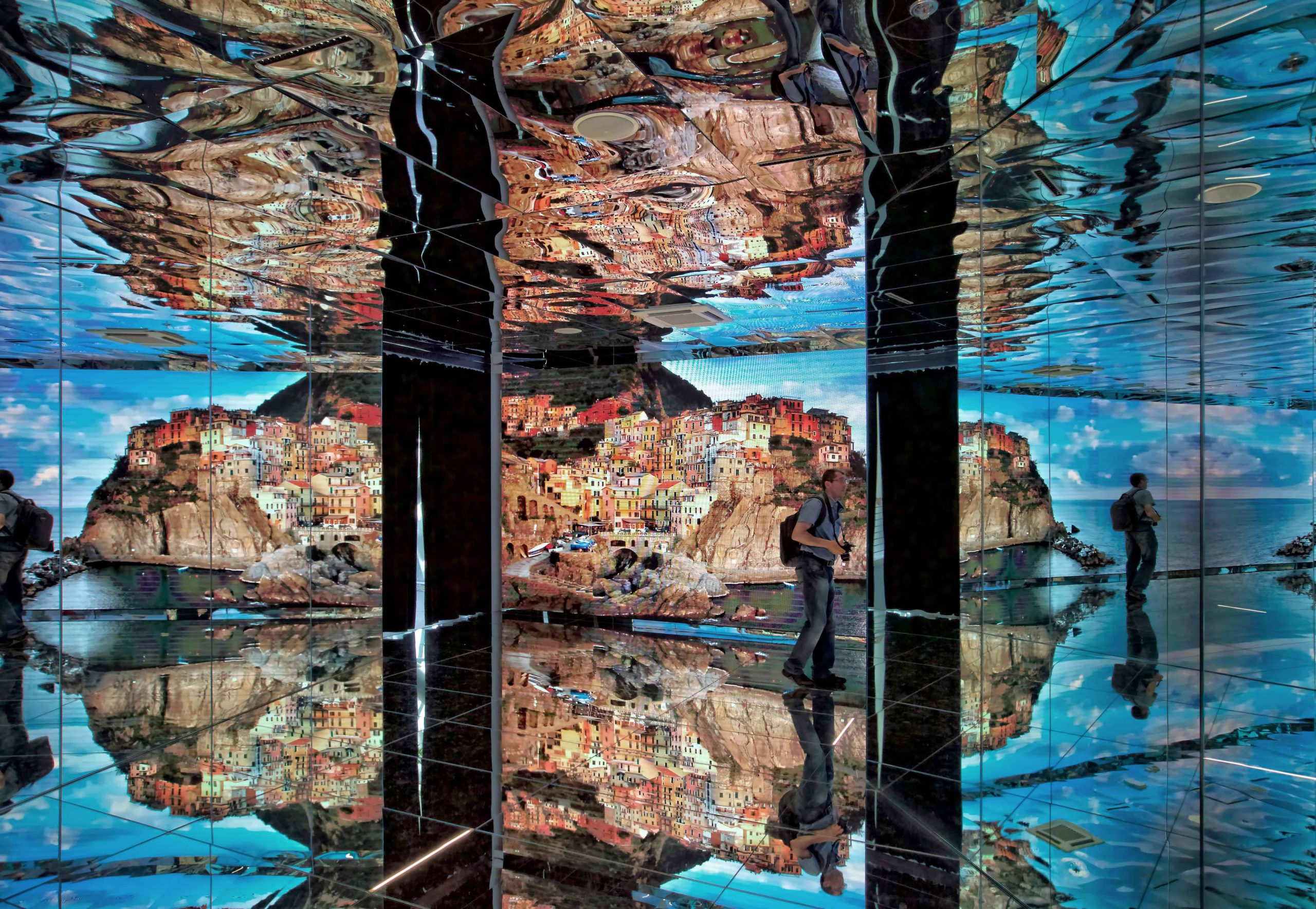
28 Jun Accessibility in Digital Art Exhibitions
Accessibility in Digital Art Exhibitions: Ensuring Inclusivity and Engagement
In the ever-evolving landscape of art, digital exhibitions have emerged as a prominent platform for creators to showcase their works. However, as these exhibitions flourish, it’s imperative to address the issue of accessibility to ensure that everyone, regardless of their abilities or location, can fully engage with and appreciate the digital art world.
Digital art exhibitions have witnessed a meteoric rise in recent years, offering a unique canvas for artists to experiment and innovate. With the click of a button, audiences can explore galleries from the comfort of their homes, transcending geographical barriers. Yet, amidst this technological marvel, lies a crucial consideration – accessibility. As we delve into the digital realm of art, it’s vital to acknowledge and prioritize the inclusivity of all individuals, regardless of their physical or cognitive abilities.

Benefits of Accessible Digital Art Exhibitions
Increased Access for All
Accessible digital art exhibitions break down barriers for individuals with disabilities, providing avenues for participation that were previously inaccessible. Through features like screen reader compatibility and keyboard navigation, visually impaired users can navigate seamlessly through exhibits, enriching their artistic experience.
Global Reach
By embracing accessibility standards, digital art exhibitions can transcend borders, reaching audiences far and wide. No longer confined by geographical limitations, artists can showcase their creations to a diverse global audience, fostering cultural exchange and appreciation.
Enhanced User Experience
Accessibility isn’t just about catering to specific needs; it’s about enhancing the overall user experience for everyone. Clearer text, intuitive navigation, and mindful color contrasts not only benefit individuals with disabilities but also contribute to a more enjoyable and immersive experience for all visitors.

Key Features for Accessible Digital Art Exhibitions
Content Accessibility
- Descriptive Text: Providing alternative text descriptions for visuals ensures that individuals using screen readers can access the content.
- Clear Language: Using concise and straightforward language facilitates comprehension for all users, regardless of their cognitive abilities.
- Keyboard Navigation: Enabling keyboard navigation options ensures that users can navigate through the exhibition without relying solely on a mouse.
- Color Contrast: Mindful consideration of color contrast enhances readability for users with visual impairments.
Multimedia Accessibility
- Audio Descriptions: Adding audio descriptions to visual artworks allows individuals with visual impairments to understand and appreciate the nuances of each piece.
- Sign Language Interpretation: Incorporating sign language interpretation for videos ensures accessibility for the Deaf community.
- Closed Captions: Including closed captions for video content ensures accessibility for individuals with hearing impairments.
- Text Transcripts: Providing text transcripts for audio content enables users with hearing impairments to access the information presented.

Additional Considerations
- User Interface (UI) Design: Intuitive and user-friendly UI design ensures that all visitors can navigate through the exhibition seamlessly.
- Mobile-Friendliness: Optimizing exhibitions for mobile devices caters to users who prefer to access content on-the-go, ensuring accessibility beyond traditional desktop platforms.
- Alternative Formats: Offering alternative formats for downloadable content, such as PDFs with accessible features, ensures that information is accessible to a wide range of users.
Conclusion
In conclusion, accessibility lies at the heart of creating a truly inclusive digital art community. By prioritizing accessibility features, we not only ensure that individuals with disabilities can participate fully but also enrich the experience for all visitors. As we continue to embrace the digital frontier of art, let us strive to create exhibitions that are accessible to everyone, leaving no one behind. Together, we can forge a path towards a more inclusive and engaging artistic landscape.
Key Takeaways
- Importance of Accessibility: Digital art exhibitions must prioritize accessibility to ensure inclusivity and engagement for all individuals, regardless of their abilities or location.
- Benefits of Accessible Exhibitions:
- Increased access for individuals with disabilities, breaking down barriers to participation.
- Global reach, fostering cultural exchange and appreciation beyond geographical limitations.
- Enhanced user experience benefiting everyone through clearer text, intuitive navigation, and mindful color contrast.
- Key Features for Accessibility:
- Content accessibility: Descriptive text, clear language, keyboard navigation, and mindful color contrast.
- Multimedia accessibility: Audio descriptions, sign language interpretation, closed captions, and text transcripts.
- Additional considerations: User interface design, mobile-friendliness, and offering alternative formats for downloadable content.
- Conclusion: Prioritizing accessibility features ensures full participation, enriching the experience for all visitors, and forging a path towards a more inclusive and engaging artistic landscape.
FAQs
Why is accessibility important in digital art exhibitions?
Accessibility ensures that individuals with disabilities can fully engage with and appreciate digital art. By incorporating features like screen reader compatibility and clear language, exhibitions promote inclusivity and diversity in the art world.
How do accessible digital art exhibitions benefit creators and audiences?
Accessible exhibitions offer increased access for individuals with disabilities, expand global reach, and enhance the user experience for all visitors. By embracing accessibility standards, creators can reach a diverse audience, foster cultural exchange, and create a more immersive artistic experience.
What are key features for ensuring accessibility in digital art exhibitions?
Key features include alternative text descriptions, clear language, keyboard navigation, and multimedia accessibility measures like audio descriptions and closed captions. Other considerations include intuitive UI design, mobile-friendliness, and offering alternative formats for downloadable content.
Join us on a journey to unravel the complex connections between artistic expression, diplomacy, and the ever-evolving landscape of global politics.

